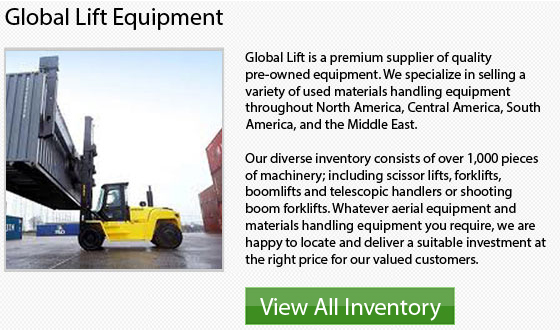
Tower Cranes Grow to New Heights
Within the tower crane business, the 1950s featured many significant milestones in tower crane development and design. There were a range of manufacturers were starting to make more bottom slewing cranes that had telescoping mast. These equipments dominated the construction market for office and apartment block construction. Many of the top tower crane manufacturers didn't use cantilever jib designs. In its place, they made the switch to luffing jibs and eventually, using luffing jibs became the regular method.
Manufacturers based within Europe were also really influential in the design and development of tower cranes. Construction sites on the continent were usually tight areas. Relying on rail systems to transport a large number of tower cranes, became very expensive and difficult. Some manufacturers were offering saddle jib cranes which had hook heights of 80 meters or 262 feet. These kinds of cranes were equipped with self-climbing mechanisms that enabled parts of mast to be inserted into the crane so that it can grow along with the structures it was constructing upwards.
The long jibs on these specific cranes additionally covered a bigger work area. All of these developments led to the practice of building and anchoring cranes inside the lift shaft of a building. Then, this is the method which became the industry standard.
The main focus on tower crane development and design from the 1960s began on covering a higher load moment, covering a larger job radius, climbing mechanisms and technology, faster erection strategies, and new control systems. Furthermore, focus was spent on faster erection strategies with the most significant developments being made in the drive technology department, among other things.